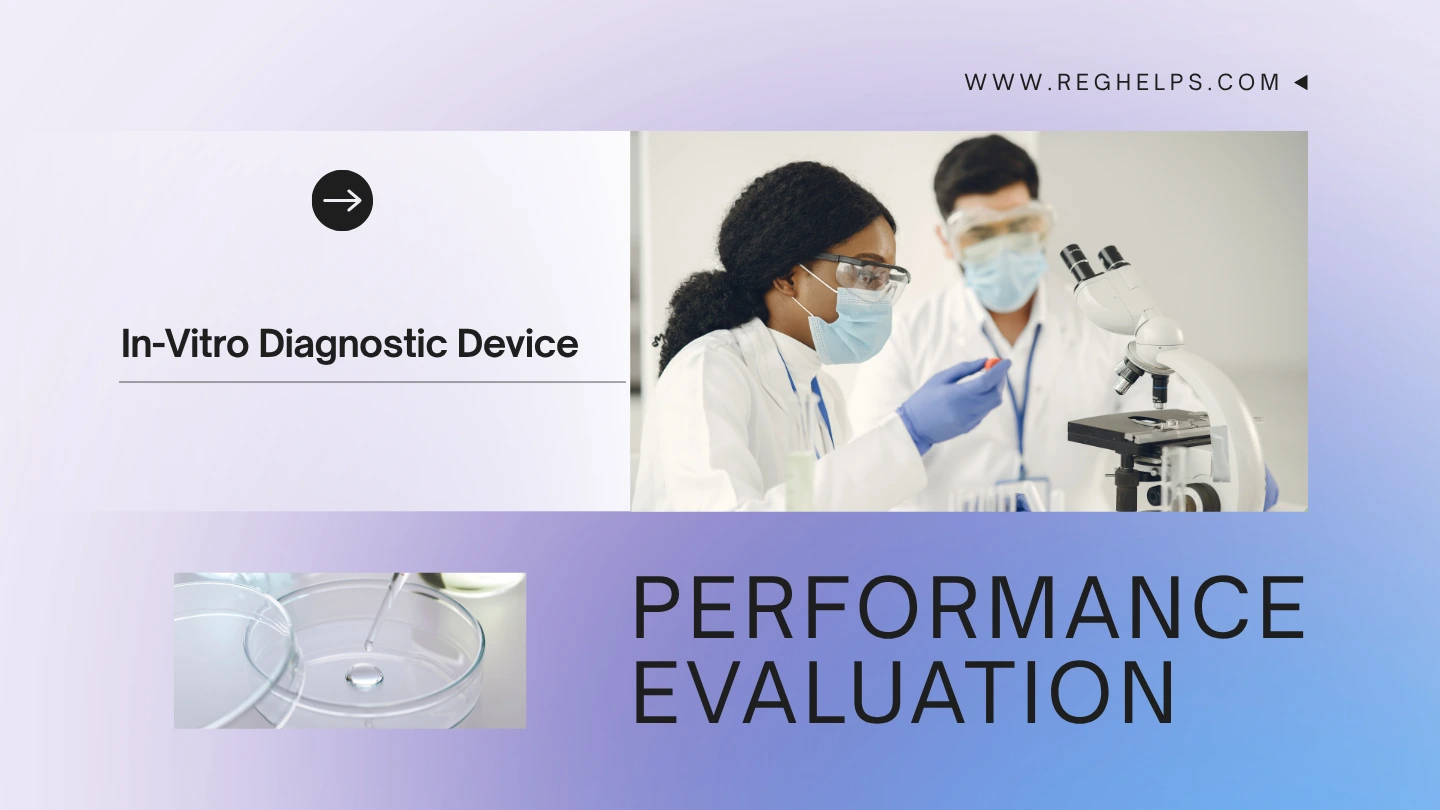
our approach aimed at maximizing productivity & efficiency.
modern ways of manufacturing products.
Aenean et tellus facilisis luctus magna et, ullamcorper velit. Suspendisse potenti. Nam non erat magna. Nunc ac fringilla neque. Suspendisse fermentum purus id ipsum aliquam, nec feugiat metus molestie. Fusce finibus sem volutpat hendrerit dolor eget.
En pellentesque magna nec libero suscipit aliquam. Vestibulum ante ipsum primis faucibus orci luctus et ultrices posuere cubilia curae; Fusce dui est, ultricies nec ultriciesa porttitor quis tellus. Sed tristique erat, ac rhoncus nisl. Mauris erat urna, egestas nec nibh ut, sagittis convallis lacun. Phasellus varius urna in scelerisque convallis. Aenean rhoncus non eros et viverra.
Industry 4.0 – the systematic approach
Nam gravida erat vel metus varius, imperdiet facilisis lorem pharetra. Vestibulum convalis porter duiy in congue felis eleifend eget. Aliquam nulla eros, ultrices sit amet tempus ac, elementum at ipsum. Donec sollicitudin commodo tellus at rutrum.
predictive machines
Fusce dui est ultricies nec ultricies acd porttitor quis tellus ned.
certified factory
Fusce dui est ultricies nec ultricies acd porttitor quis tellus ned.
service related FAQ’s
The 510(k) file includes documents used to establish the safety and efficiency of the proposed medical device through substantial equivalence. The documents included in the 510(k) file are:
- Form FDA 3601: Medical Device User Fee Cover Sheet (MDUFC sheet)
- FDA Form 3514- CDRH Premarket Review Submission Cover Sheet: This document includes basic administrative and device information.
- 510(k) Cover Letter: This document provides a brief idea about the purpose of the submission, device, manufacturer and the U.S agent (if any).
- FDA Form 3881: Indications for Use Statement
- 510(k) Summary or 510(k) Statement: This includes a summary of the device undergoing the 510(k) clearance.
- Truthful & Accuracy Statement: This is to certify that the 510(k) submission contents are truthful and accurate and no information omitted.
- Class III Summary and Certification: If the proposed device is a Class III exempt from PMA, otherwise, this can be marked as not applicable.
- Financial Certification or Disclosure Statement: This is applicable only if clinical studies were conducted
- Declarations of Conformity and Summary Reports: Lists the voluntary consensus standards used and includes DOC to such standards.
- Device Description: This document includes the description of the device design requirements and performance specifications.
- Executive Summary: a brief description of the device & comparison table with the predicate device identified.
- Substantial Equivalence Discussion: Detailed comparison between the proposed device and the predicate device chosen.
- Proposed Labeling: Is discussed in detail to comply with 21 CFR 807.87(e) for general medical devices and 21 CFR 809.10 for IVD’s
- Sterilization and Shelf Life: This document provides details regarding the sterilization and shelf life claim being made.
- Biocompatibility: This document is applicable if the proposed device comes into direct or indirect contact with the human body tissue.
- Software: This includes the documentation for any software used in the proposed device
- Electromagnetic Compatibility and Electrical Safety- If the proposed device is powered electrically, in which case the EMC must be evaluated.
- Performance Testing – Bench: This document included details of the bench tests performed to evaluate the efficiency of the proposed device.
- Performance Testing – Animal: This document included details of the animal testing performed to evaluate the efficiency of the proposed device.
- Performance Testing – Clinical: This document included details of the clinical studies performed to evaluate the efficiency of the proposed device.
The completed FDA 510(k) file is submitted in electronic format as an e-copy to the FDA. The submission package is sent to the CDRH through registered mail or commercial delivery service.
- Improved Document Control
- Effective Audit Management
- Better Employee Training Programs
- Better Risk Management
- Efficient Tracking and Reporting
- Improved Supplier Quality
- Robust CAPA Processes
Yes. If your company is based outside the EEA and wishes to market medical devices or IVDs in Europe, it is legally required to appoint an EC REP. This representative’s name and address must appear on the product labeling, outer packaging, or Instructions for Use (IFU).
Not always. If sufficient historical data or literature exists to demonstrate the safety of materials used in the device, some tests may be waived. A gap analysis helps determine whether existing data is adequate or if additional testing (e.g., cytotoxicity, irritation, sensitization) is required to meet regulatory expectations.
Its highly recommended to conduct testing of finished salable device before you apply for regulatory clearance.
Key standards include:
-
ISO 62366-1 – Usability engineering for medical devices.
-
ISO 14971 – Risk management for medical devices.
-
IEC 60601-1-6 – Usability requirements for medical electrical equipment.
-
ISO 20916 – Performance studies for IVDs.

